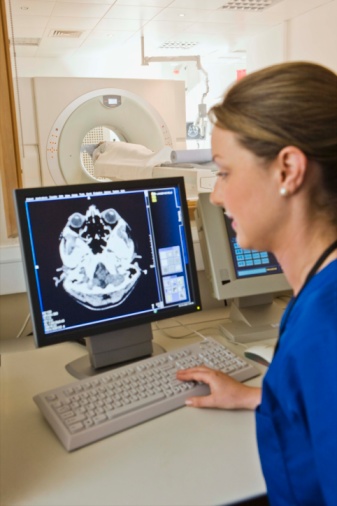
New 3-D mapping software has been developed by team at Brunel University in England to assist patients in logging pain during the course of a day, which could mean a branch into other areas of pain management.
Using the current method of logging pain, communication between patient and doctor is centered around a standardized pain scale. The patient subjectively describes their level of pain on a scale of one to 10, and is then given the task of having to recall when and where they experienced pain since their last visit.
The new 3-D pain program can be run on a standard personal computer, using an at-home PDA to graphically describe pain levels and locations. The information can then be immediately uploaded to the physician’s computer. This kind of electronic record lets doctors and their offices collect information on how pain changes as well as the types of pain a patient has.
The new software and PDA system has been tested by 15 patients in the United Kingdom over the course of two years. This interactive system was developed by researchers not only to help register how a patients pain changed during the day, but also to correlate pain levels to when pain medication was taken.
Using the software, the patient will use a standard PDA to log where they feel pain on a 3-D image of the human body. The PDA’s software allows the individual to zoom in or rotate the image so pain can be documented and pinpointed. Patients can then classify pains into a number of groups such as burning, aching, stabbing, pins and needles or numbness – with each group being represented by different colours.
The data is stored on the PDA, before being uploaded and built upon so doctors can see a graphical representation of a patient’s pain, as well as log a complete pain history from each patient.
Brunel University’s Dr. George Ghinea who worked on the UK study, said, “Medical professionals hope this provides a more realistic view of the whole body for the patients, who say they find it much more natural to use. Also, because it uses a PDA, patients can collate the information while they are at home”
With similar software pain monitoring programs now quickly becoming available on smart phones, personal digital assistants and the internet, this electronic tracking could improve data quality and reduce the bias of having to recall information. 3-D pain mapping programs will enable patients to represent the location and intensity of their pain with greater accuracy, leading to a faster and more accurate diagnosis.